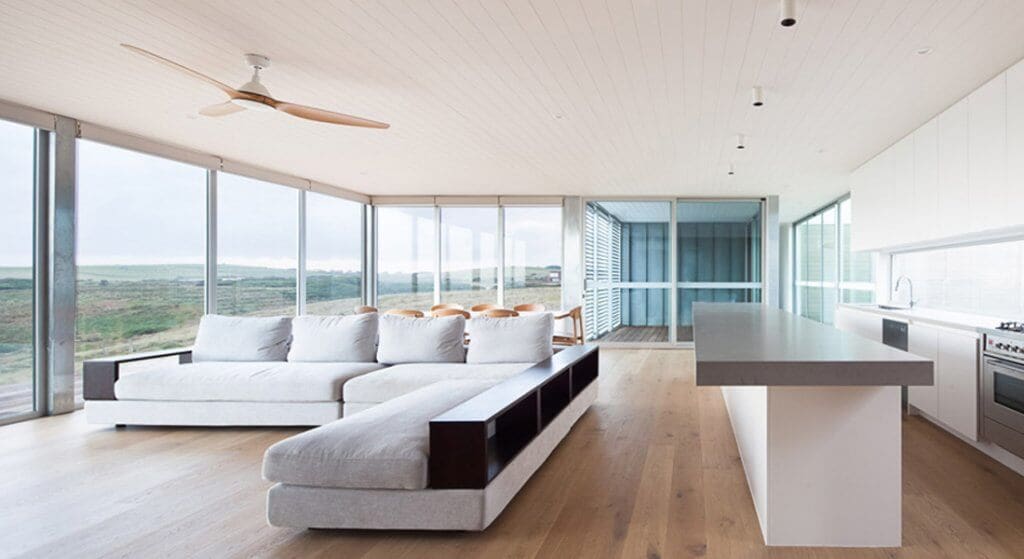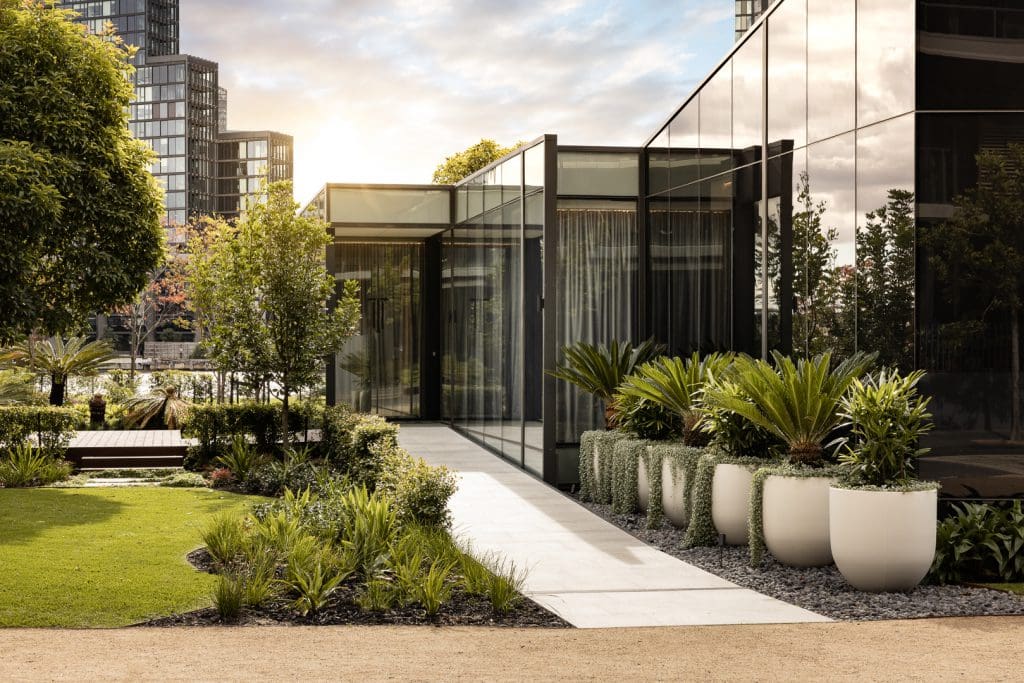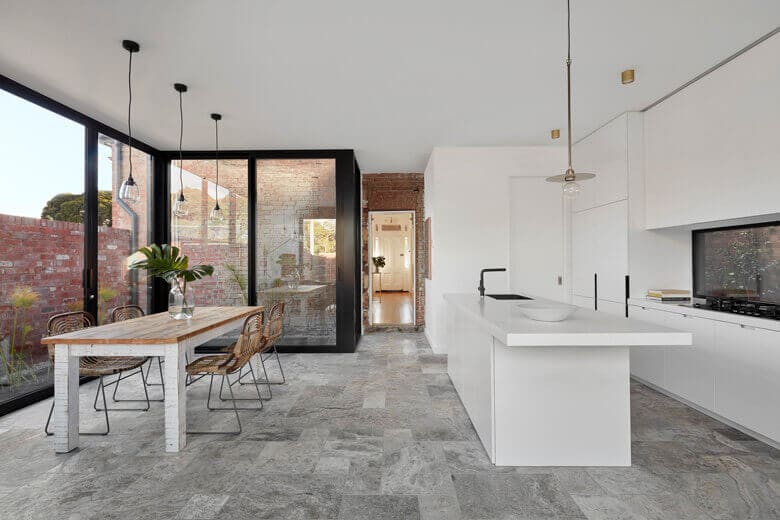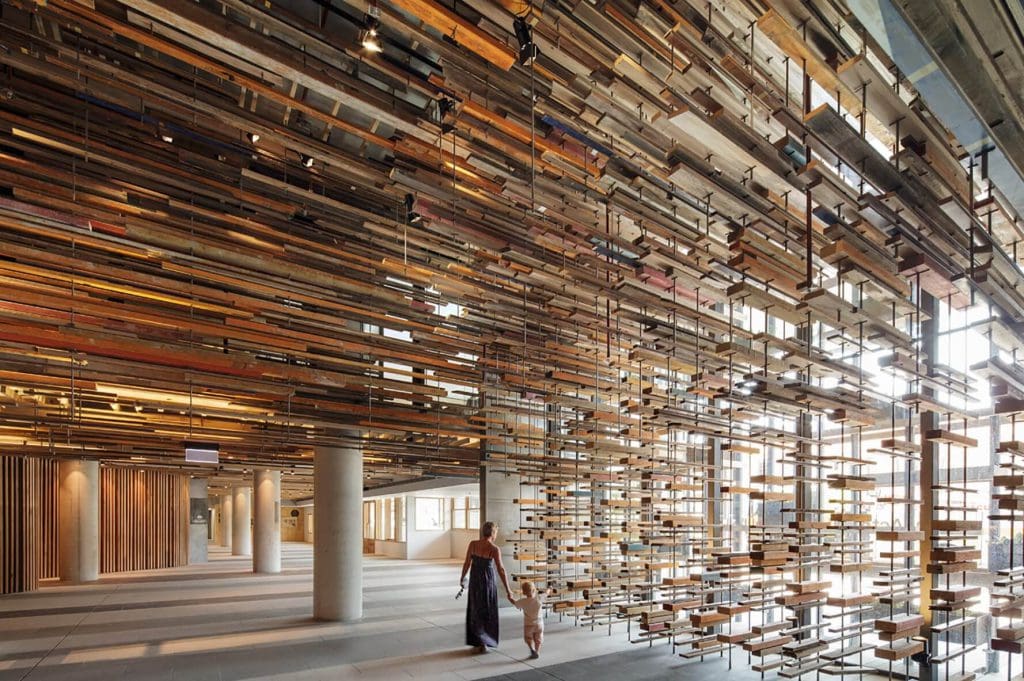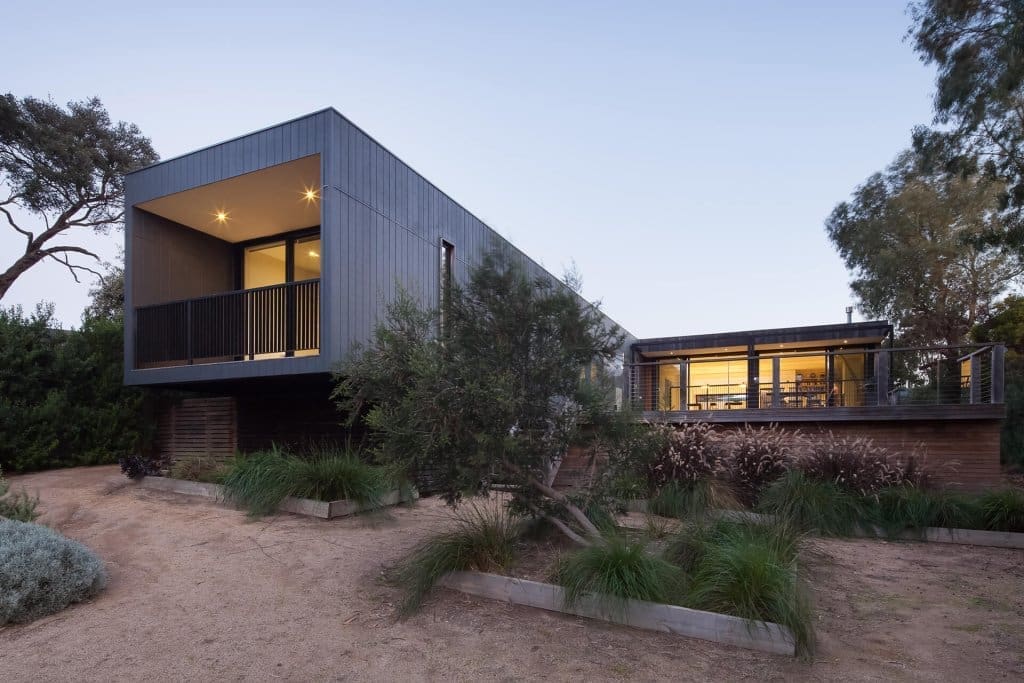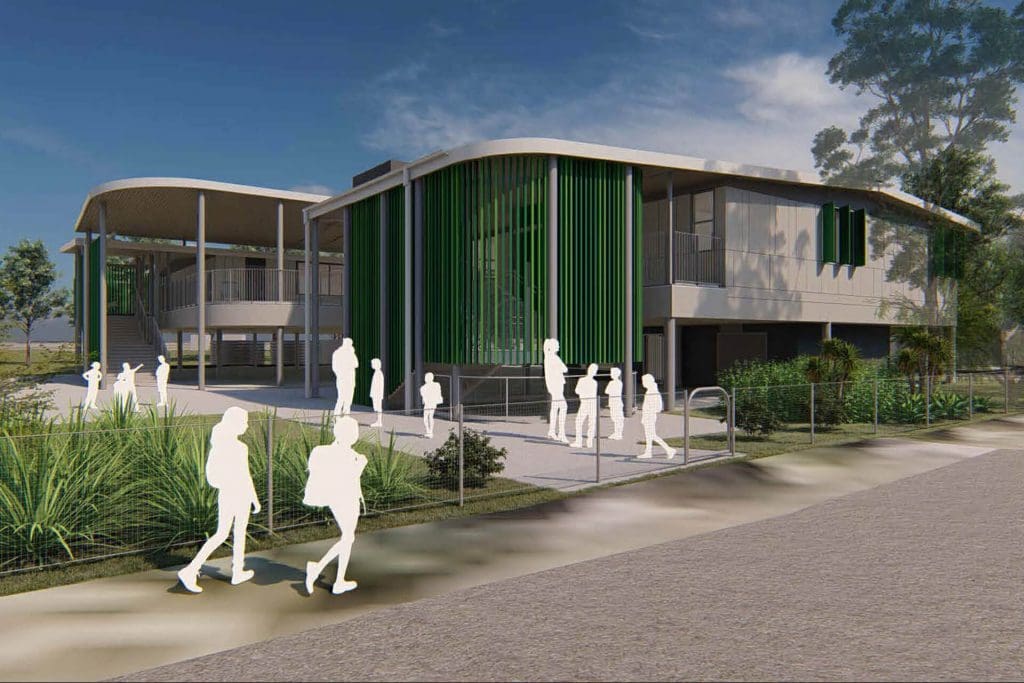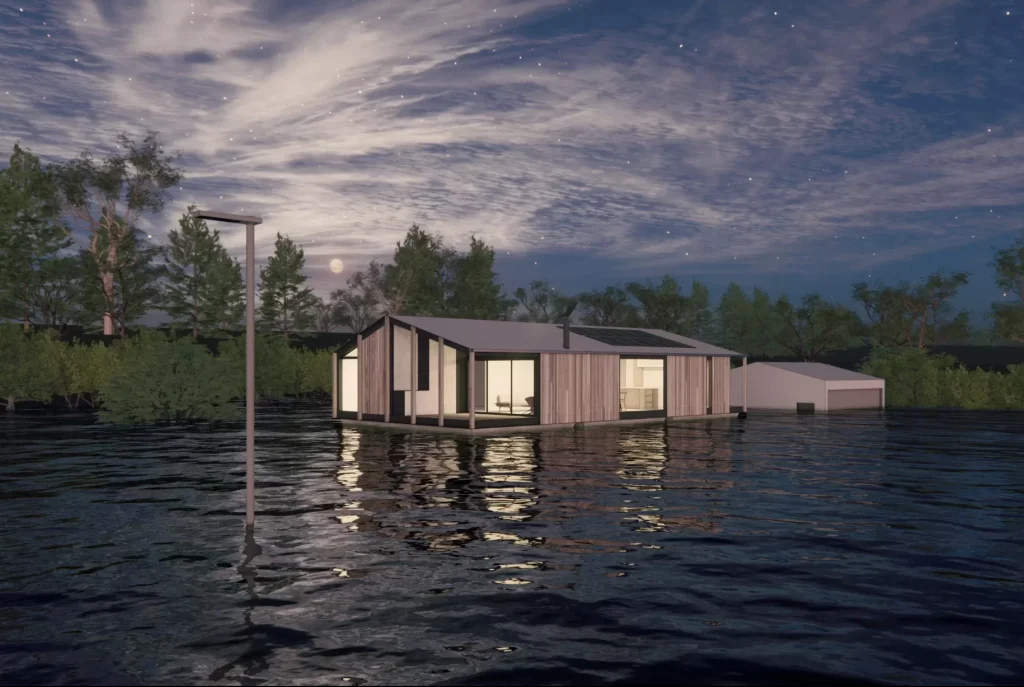‘planning’ It Safe
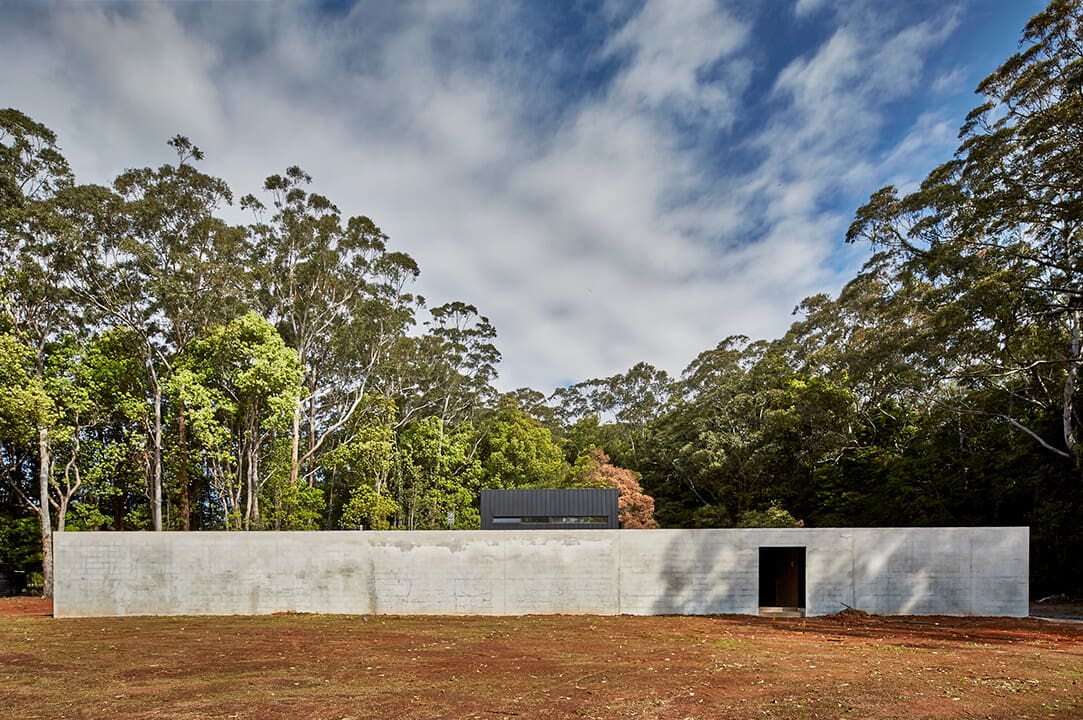
Too often, security is an afterthought – contemplated once your home or holiday home is built, or once something has gone wrong. But security should never be an add-on after the fact – or worse still, after an act – rather it should be considered at every phase of the design and building process. And, though most people don’t want to spend their time entertaining thoughts about threats to their family or themselves, the time taken to consider both real and perceived danger, is an exercise that can often bring with it the most peace of mind. How safe you are and how safe you feel are both very important to overall well-being.
Set a budget
Of course, the danger to thinking about all the things that could go wrong is that you start planning for the end of the world and building an underground bunker stockpiled with two years worth of supplies! To prevent this sort of excess, it is a good idea to set a budget for your designers and architects that balance all of your building needs. You can then rely on their impartiality as they develop a balance between your security and safety goals and the other design objectives you have for your home.
Start early
Taking proportionate security measures that don’t blow the budget comes down to planning. The earlier security is included in the conversation, the more obstacles can be overcome and overcome without the expense. An integrated design process that has all aspects considered from the outset is the best chance for balancing form and function, sustainability and security, aesthetics and cost in the most pleasing manner.
Evaluate your site
Because every site is different, a good starting point is to evaluate the unique characteristics of your block and location. From a broader perspective, you can begin by reviewing the statistics for your area; types of crimes, the number of crimes and percentage increases or decreases. Often, understanding the characteristics of your neighbourhood gives a lot of direction for what you should plan for. Similarly, you must assess your neighbours and the security they may provide. Can they see into your property? Do they stay home during the day? Is there a sense of shared community? Neighbourhoods with senior citizens can be one of the best protectors against crime, given they stay at home during the day and often take an active interest in the comings and goings of the street.
When it comes to your actual site, the trick is to find the problem areas first. Is there easy access from the street? Are there areas that are secluded or where visibility is poor? At this stage of evaluation, you should be thinking about any aspect of your site or future site that will give easy access or prolonged privacy to someone who is up to no good. And while most people specifically request privacy when planning fencing and building arrangements, there is always a need to balance the desire for privacy with that of security.
Construction
An all too common occurrence is the theft or damage of property whilst it’s under construction. Security fences are hardly impregnable and are a beacon highlighting the fact that the house is yet to be occupied. The majority of construction for Modscape’s modular homes occurs offsite in a factory environment. The risk of theft and/or damage is heavily minimised ensuring your future home is built hassle-(and worry)-free.
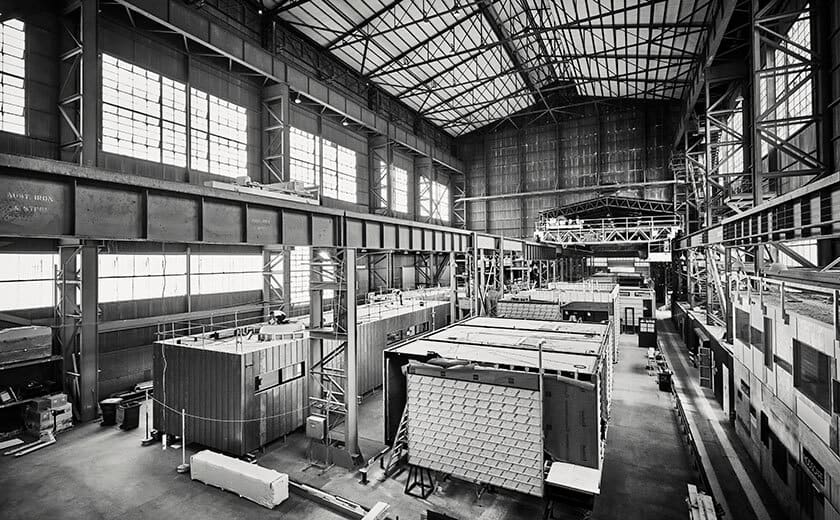
Perimeter: fencing and landscape
The best security begins along your property line with fences and gates that serve as appropriate barriers to entry. To do this, it is suggested that fences and walls be at least 1.8m high with gates that are sturdy and fully lockable. Fences that can be seen through (e.g., spaced pickets) are also ideal as they stop people from obscuring themselves.
Tree and shrub plantings can also be strategic, preventing people from moving through the property, mounting walls or gaining access to key areas such as windows. Similarly, the use of flower beds and plantings around windows can serve as a psychological deterrent, if not a physical one.
Gravel paths and driveways can also be employed in the landscape to create noise when people approach your house.
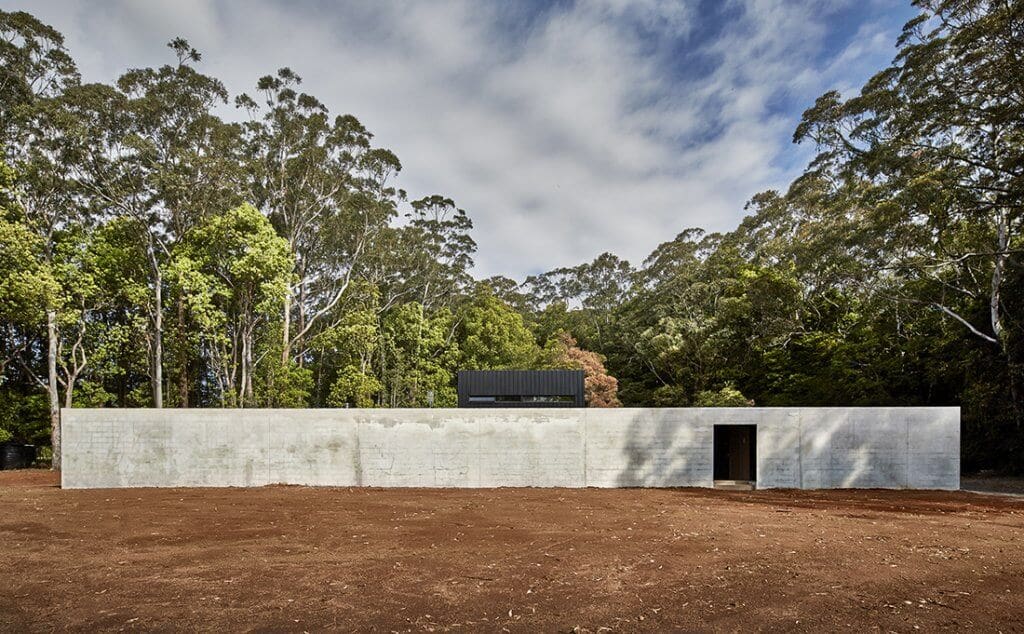
Lighting
Exterior sensor lights are one of the best ways to protect your home at night and shouldn’t be reserved just for the front door or porch. All access points and paths should be covered by a series of lights that will sequentially be triggered, allowing you to track movement.
Similarly, interior lights with timers can be very important, giving the house a sense of occupancy as lights turn off and on as if someone is moving through your home.
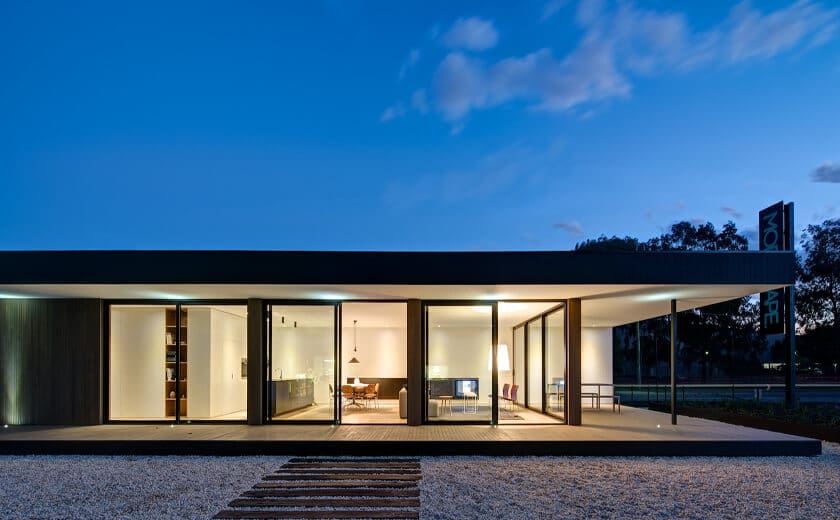
Doors and windows
It almost goes without saying that access points such as doors and windows need to be made of high-quality materials with strong hinges and locks. Solid wood and steel doors are much safer than hollow constructed doors, and deadbolts with long bolts add a significant extra layer of strength. Likewise, window and door glass can also be fitted with shatter resistant material to prevent entry.
With summer weather in Australia, mesh security doors are also an advantage, allowing the house to be secure while still allowing air to flow into the house. If for aesthetic reasons you choose not to have a security door, make sure your sturdy door has a viewing pane or peephole so that you can always see who is on the other side without having to open the door.
The interior
The most used rooms in your home should also have the best sightlines and visibility across your property. Key rooms such as the kitchen and lounge room should be positioned to allow occupants to see approaches to the house and main entrances. If possible, windows in different areas of the house should be able to view the same area so that multiple lines of sight can be created. Any balconies that may be included in your design should also be developed to give you sight throughout your yard and also across your street.
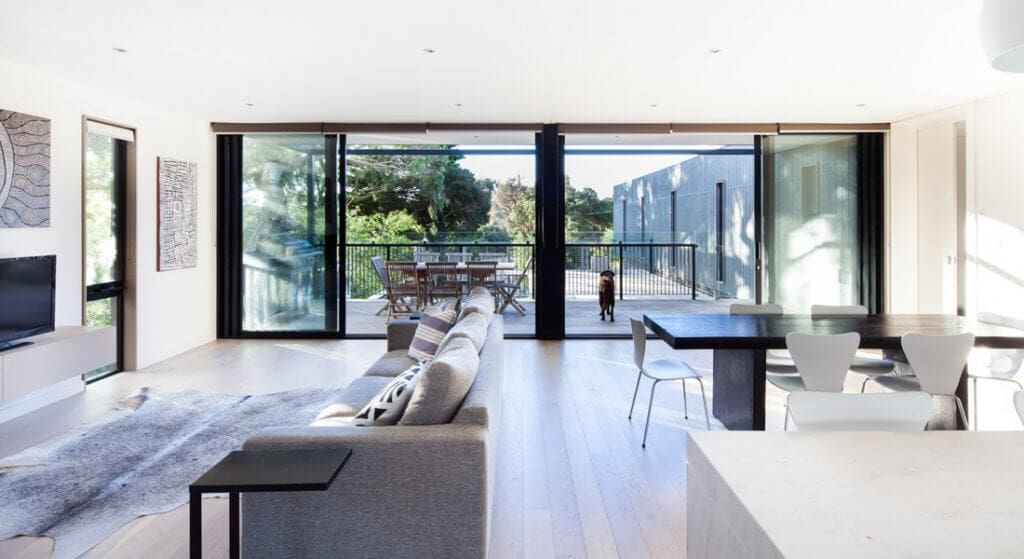
Technology
Security systems have changed greatly in the past five years and now offer cost-effective ways to monitor all parts of your home. However, many people still just opt for traditional sensor alarms and CCTV cameras with varying success.
In holiday homes where occupation is intermittent throughout the year, systems that can connect to your smartphone may be a good way to keep an eye on the goings on when you’re not physically there. Similarly, being able to switch the lights on and off from your phone could hint that someone is home and provide that extra level of security.
When evaluating security products, a large number of things must be considered, so often it is best to consult a security expert rather than a manufacturer of a particular piece of equipment. Selecting best-in-class products that integrate and increase overall security is the way to go, with dual systems that measure motion as well as heat becoming more popular.
With a bit of research and forward planning, good building design can help achieve a safer and secure living environment. The Modscape team are well versed to handle all of your questions with regards to security and your future home. Feel free to contact us to discuss your project in more detail.
